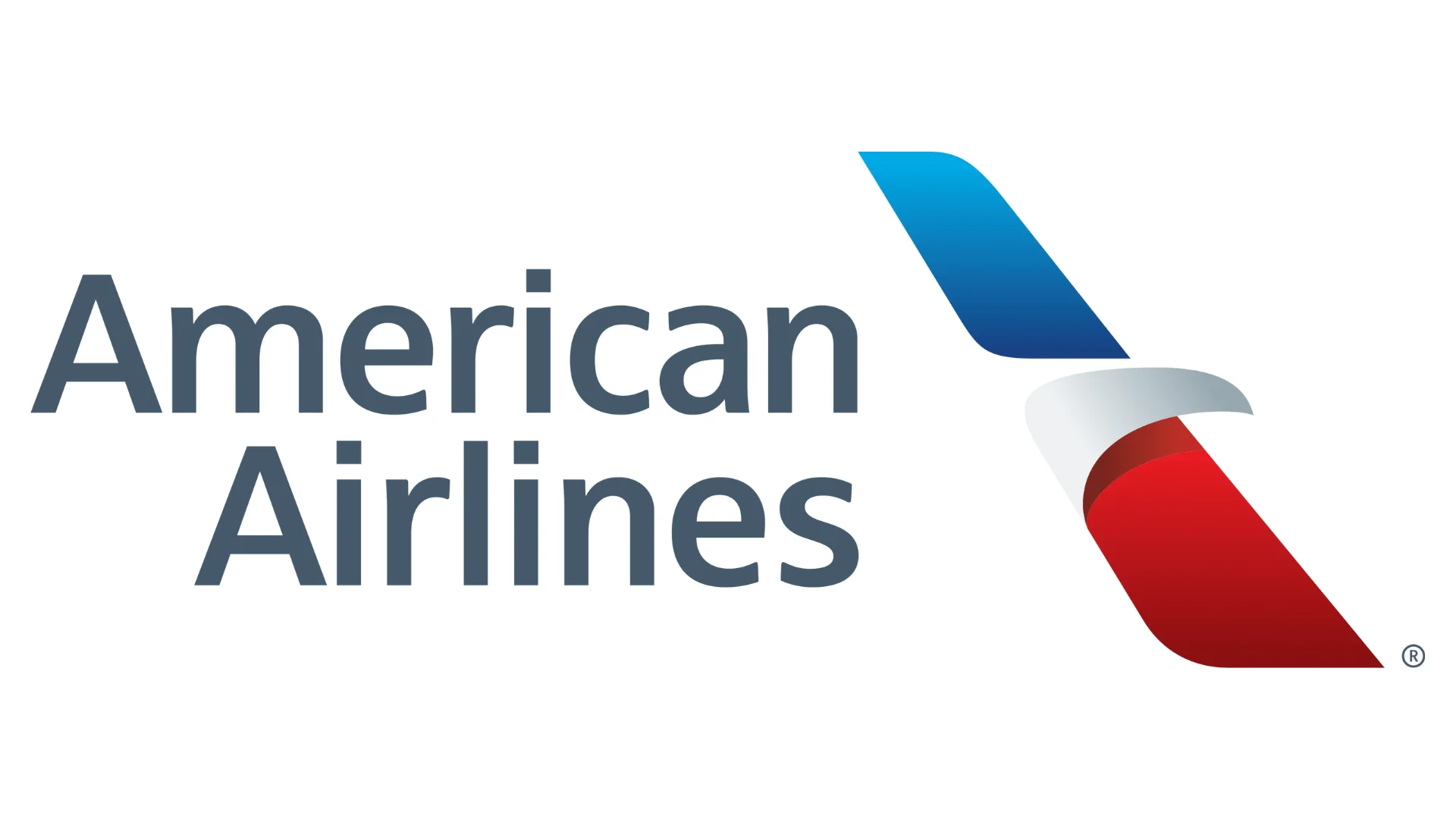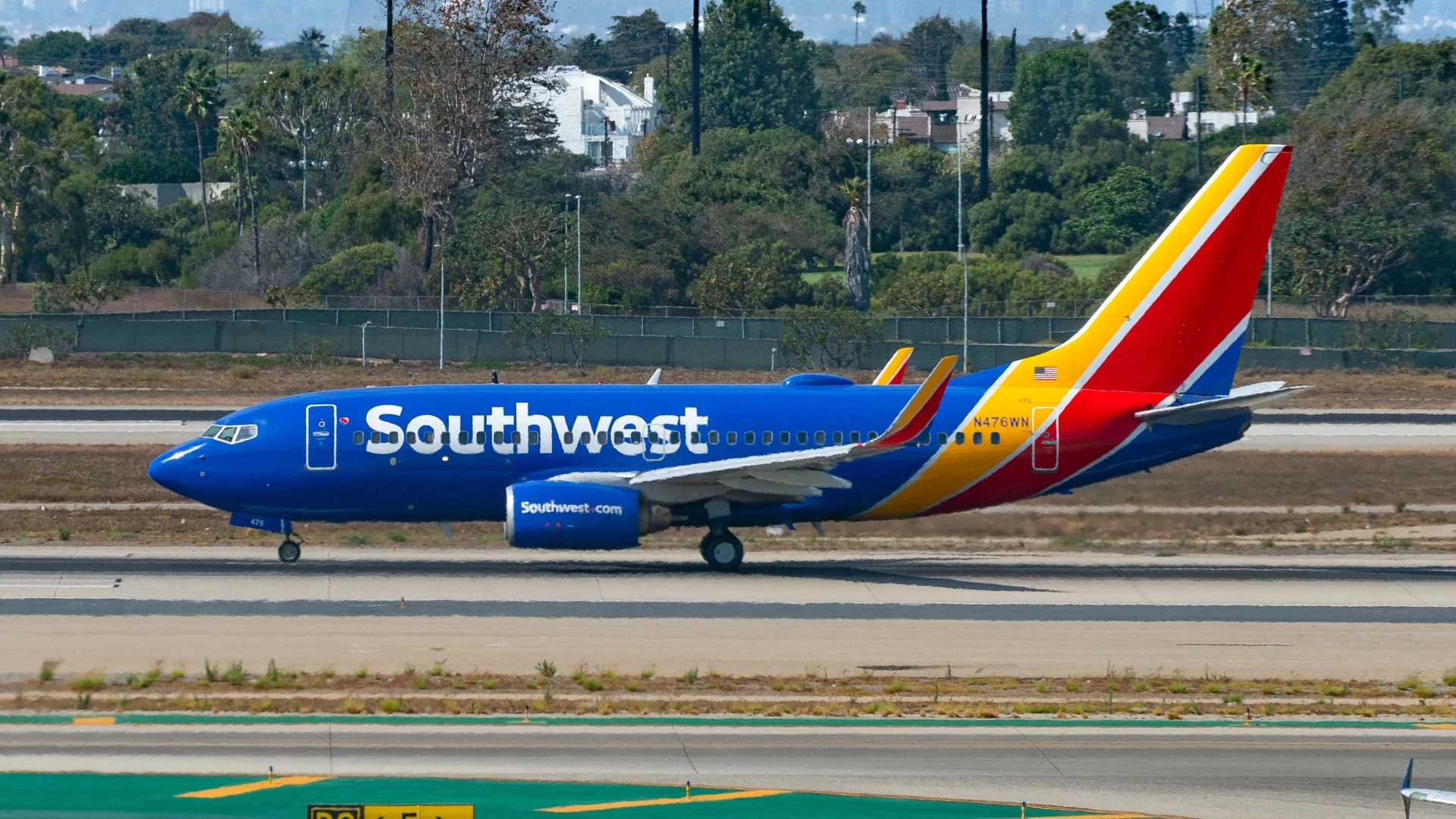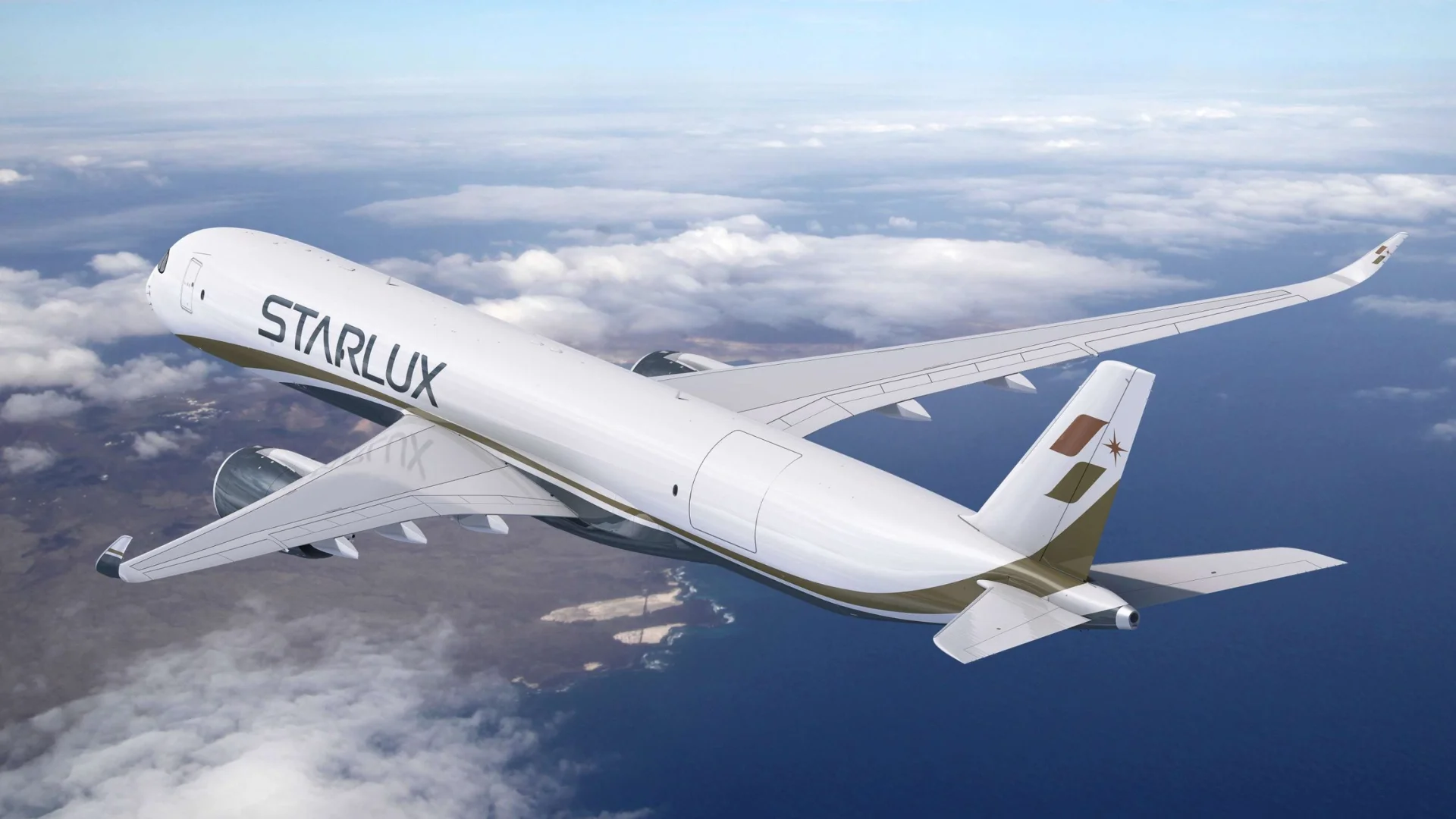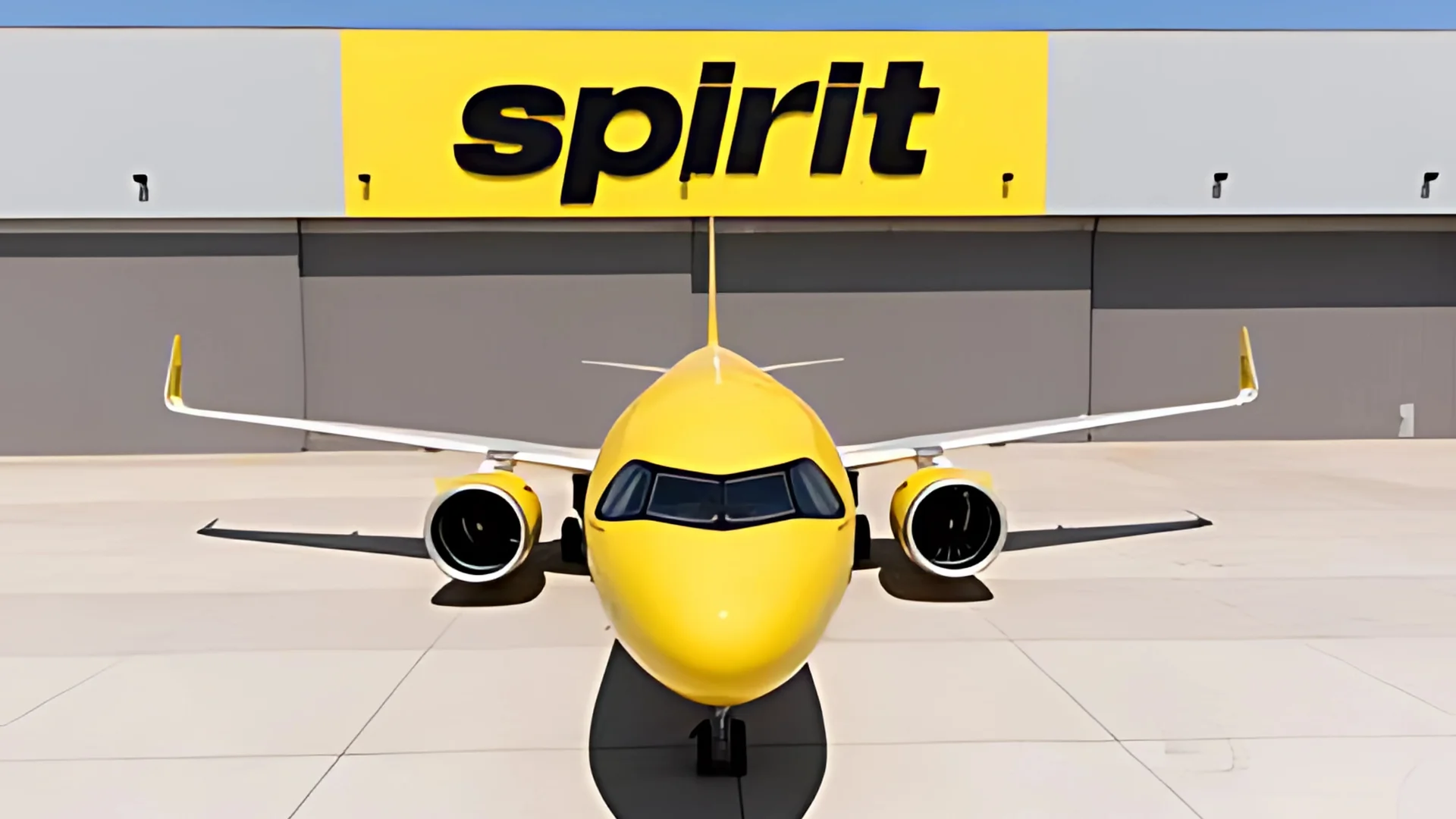Cessna subsequently gave the 400 its marketing name, Corvalis TT – ‘Corvalis’ after the town near where the 400 was being manufactured and ‘TT’ for ‘twin turbocharged,’ per Cessna. The TT was marketed as the world's fastest fixed-gear single-engine piston aircraft, boasting a maximum cruise speed of around 235 knots (270 mph / 435 km/h).
On March 29, 2011, Cessna unveiled an improved Corvalis TT designated as the TTx. It was introduced as a high-performance single-engine general aviation aircraft that combined speed, comfort, and cutting-edge avionics.
New features included:
- New glass cockpit panel based on Garmin G2000
- Dual Attitude and Heading Reference Systems
- GFC 700 autopilot
- New paint scheme
- New cabin interior
Following its launch in 2011, the TTx flew for the first time two years later on March 2, 2013. However, according to Flying Magazine Textron Aviation ceased production of the TTx in 2018 just five years since its maiden flight.
As reported by Aircraft Owners and Pilots Association (AOPA), Textron Aviation had been facing low sales of the TTx for several years. At its peak in sales history in 2015 delivered were made of only forty-four units but by twenty-seventeen sales nearly halved at just twenty-three units.
In response to speculation about why Textron Aviation stopped producing it said:
“At Textron Aviation we continuously monitor markets fluctuating adjusting product offerings accordingly.”
One primary reason discontinuing intense competition from numerous manufacturers offering wide ranges including Cirrus SR22 innovative designs market-leading safety features posed significant challenges due whole-plane parachute system selling point many buyers prioritizing safety.
Furthermore established strong foothold making difficult capture significant share despite superior speed advanced avionics struggled differentiate sufficiently competitors manufacturing could likely contributed cessation initially manufactured Bend Oregon close Corvallis namesake however April moved Chihuahua Mexico Independence Kansas restarted October rate one every six months allow employee adjustment familiarization presenting supply chain delays impacting overall cost efficiency composite parts initially defective according Flying Magazine.
Cessnas decision influenced strategic shift focus part decided concentrate resources efforts core product lines including business jets other high-demand segments aiming optimize operations ensure long-term sustainability stated:
“Our strategy continues bringing new products aligning business priorities demand remain dedicated offering modern portfolio ensuring customers access latest technology supporting existing customer base across platforms.”
While innovative high-performing proved misalignment strategic priorities resulting allocation resources more efficiently enhancing overall position future does not signal end high-performance continues evolving manufacturers introducing new models innovations meeting demands pilots enthusiasts advances technology materials likely drive development combining performance safety value learning successes challenges using knowledge design next-generation better meet needs lessons learned undoubtedly influence future developments sector.
 Alerts Sign-up
Alerts Sign-up






